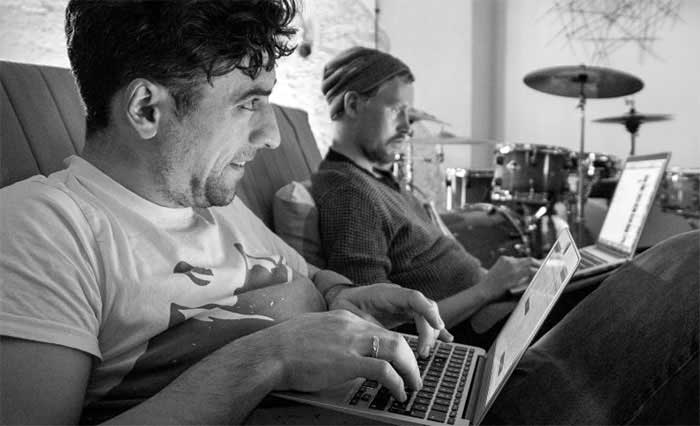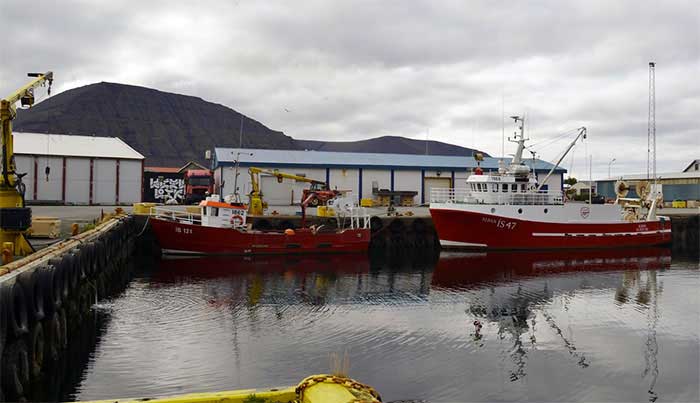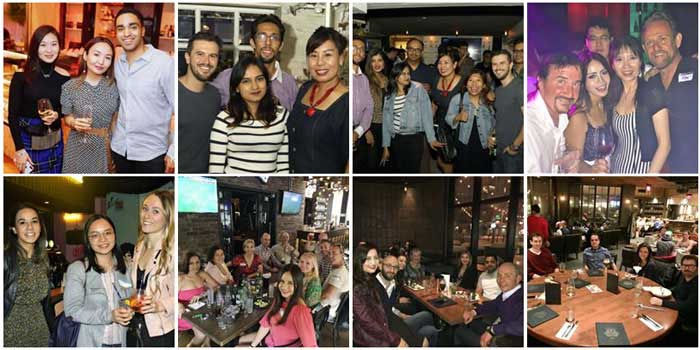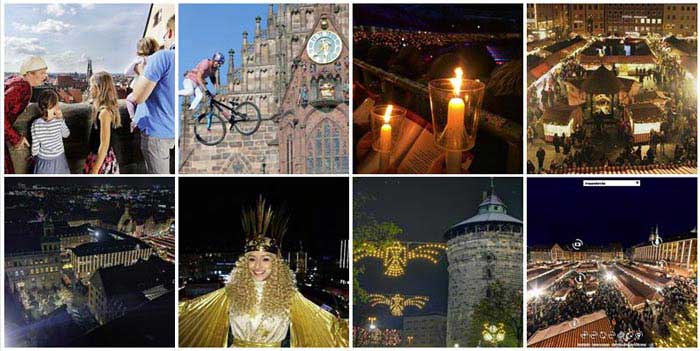Recently, there has been a huge shift in popular music in Germany that has seen the reintroduction of some more traditional styles blended with modern popular genres which has created some interesting and unique results that are quickly becoming household names. Here are just a few of the artists who are leading the alternative music scene in Germany and inspiring many others to follow in their footsteps.
Fiva - Fiva is essentially a female rap artist, however she has collaborated on many different products with a number of different musicians to create very interesting hip hop music. The most successful and arguably the best project to date has been labelled Fiva X JRBB where she has collaborated with JRBB - a DJ, as well as a symphony orchestra and a wind band to create a unique blend of big band music and hip hop. Two very notable songs are Goldfisch and Die Stadt Gehört Wieder Mir which showcase her exceptional upbeat style with lashings of jazz, saxophone solos and clever rhythmic devices which are enough to get anybody dancing.
Moop Mama - Originating out of München, Moop Mama (photo) are a 10 piece hip hop band who label themselves as Urban Brass. They create upbeat, unique and uplifting hip hop music using the traditional Bavarian oom-pah band instrumentation and using the style as an influence. Their live sets are bursting with energy and sing-along moments, getting the whole crowd involved. They are usually spotted wearing red tracksuits, are known for spontaneous public performances and have a strange obsession with bicycles. Notable songs are Die Erfindung Des Rades which is a very strange but brilliant brass heavy and chaotic hip hop piece, and Alle Kinder in which they collaborate with Jan Delay, famous solo hip hop Hamburg-born artist, with its upbeat dance inspiring rhythms and massive sing-along moments.
Meute - Like Moop Mama, Meute are a large brass band blending traditional marching music with a modern style. The 11 piece group became famous very quickly for their marching band techno music where they take modern techno hits and remake them using traditional instrumentation. Their debut album Tumult was released in October 2017, and notable hits include a cover of Gonçalo's Mental Help and a cover of Laurent Garnier's The Man with the Red Face. Meute are an absolute sensation to see live with absolute precision on all instruments and an undeniable energy that infects the entire crowd, and being instrumental, transcends all language barriers.
LaBrassBanda - Another brass band from Bavaria, LaBrassBanda mix traditional Bavarian brass music with modern genres such as techno, funk, punk and ska. The eccentric group became popular after their self recorded debut in 2008 was released and they completed their first tour using a tractor and mopeds instead of a tour bus. Notable hits are the genre mashing Nackert with pop, reggae and even mariachi moments and the humorous Autobahn song which blends brass music with ska and punk. They attempted to enter the Eurovision Song Contest in 2013 for Germany and, although not successful, managed to boost their popularity and recognition in the process.
Jan Delay - Jan Delay is an artist who collaborates a lot with other German groups but also has a solo career. He specialises in hip hop, reggae and soul styles and his upbeat music graces the German radio stations on a regular basis. One of his more famous songs is Oh Jonny which blends vintage soul styles with modern funk guitar and of course, has that signature horn section to contribute a lot of energy and movement to the choruses.
Peter Fox & SEEED - One album that is likely to get almost any young German singing is Peter Fox's solo album Stadtaffe. and when Alles Neu or Kopf Verloren come on in public, they always go down well. Again, blending hip hop and rap styles with classical instrumentation, often dark and angry lyrics and tribal rhythms, Fox has found a very unique and well earned place on the German music scene. He is also a member of the reggae band SEEED who are particularly famous for their genre blending music which often sees hard rock and ska pitted against traditional reggae music. Famous hits include Ding and Molotov which also include sections spoken in English as well as German.




